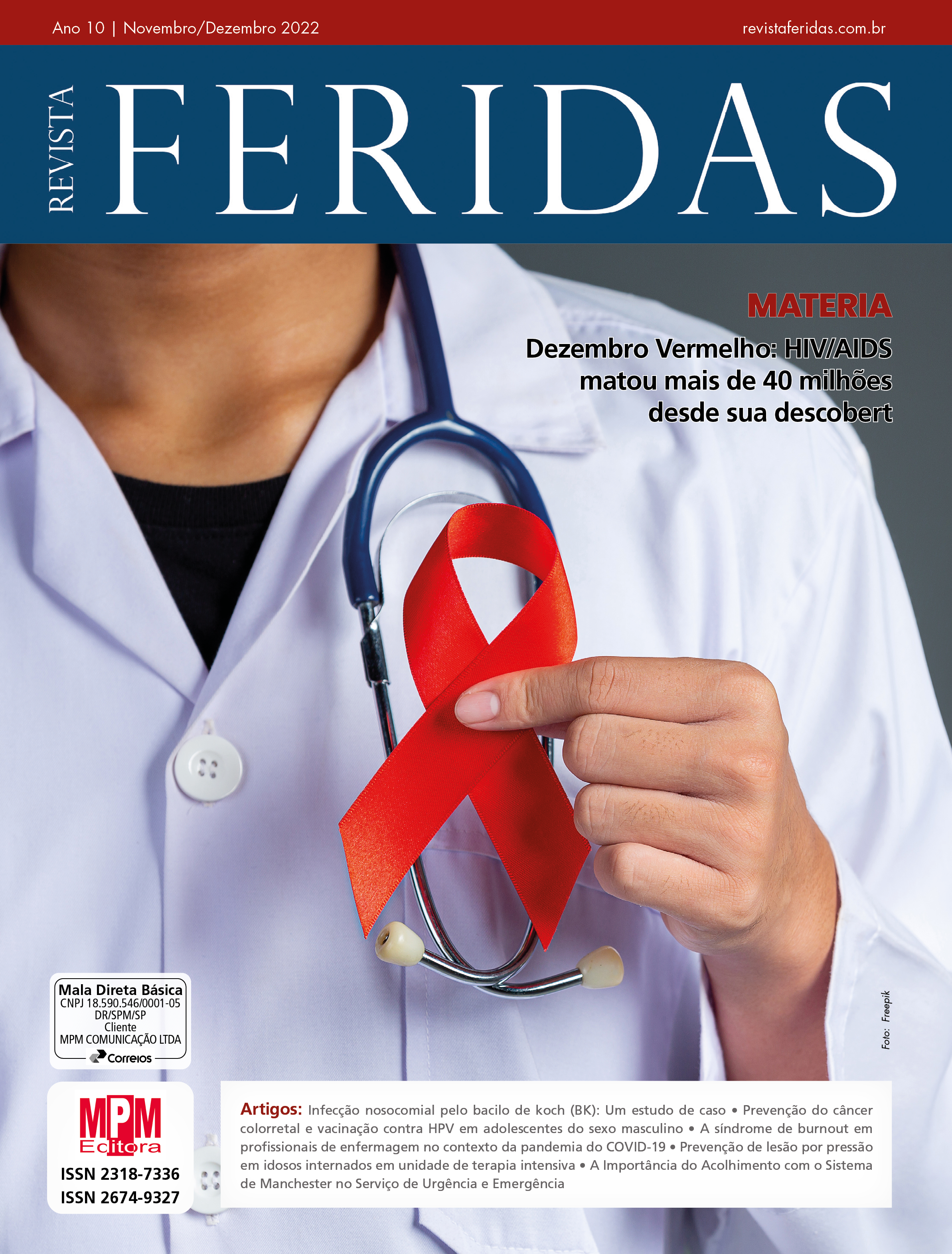Koch bacillus nosocomial infection: A case study
DOI:
https://doi.org/10.36489/feridas.2022v10i57p2062-2067Keywords:
Tuberculosis, Communicable Diseases, Biosafety, nosocomial infectionAbstract
Introduction. When there are possibilities of tuberculosis transmission in health facilities, there are also serious risks for both patients and health professionals. Administrative, environmental control and respiratory protection measures must be adopted and adapted to the reality of each health unit. Objective. To carry out a case study of an elderly patient, victim of a severe snakebite who developed an in-hospital tuberculosis infection. Methodology. The present study was of the case report type, in the descriptive format with a quantitative approach. Case study. Patient from the interior of the State of Amazonas, 56 years old, smoker and alcoholic for ten years, after being bitten by a snake, he was taken immediately to the hospital where he received the antivenin serum but escaped from the bed to ingest alcoholic beverages returning to the hospital after worsening from the board. Upon readmission, the patient was intoxicated, impairing the assessment of his neurological status, and a few hours later, he developed anaphylaxis after anti-bothropic serum without any apparent cause. In the following month, considerable clinical improvement was observed. After five months in the medical clinic, the records say that a chest X-ray was performed, which showed a lesion in the left apex. A sputum test was requested for the detection of Koch's Bacillus, which was positive, that is, the patient developed pulmonary tuberculosis transmitted in a hospital environment. Conclusion. It is noticed that there is much to improve in relation to adherence to biosafety rules and containment barriers, as they are of great importance in breaking the chain of transmission of these microorganisms.



